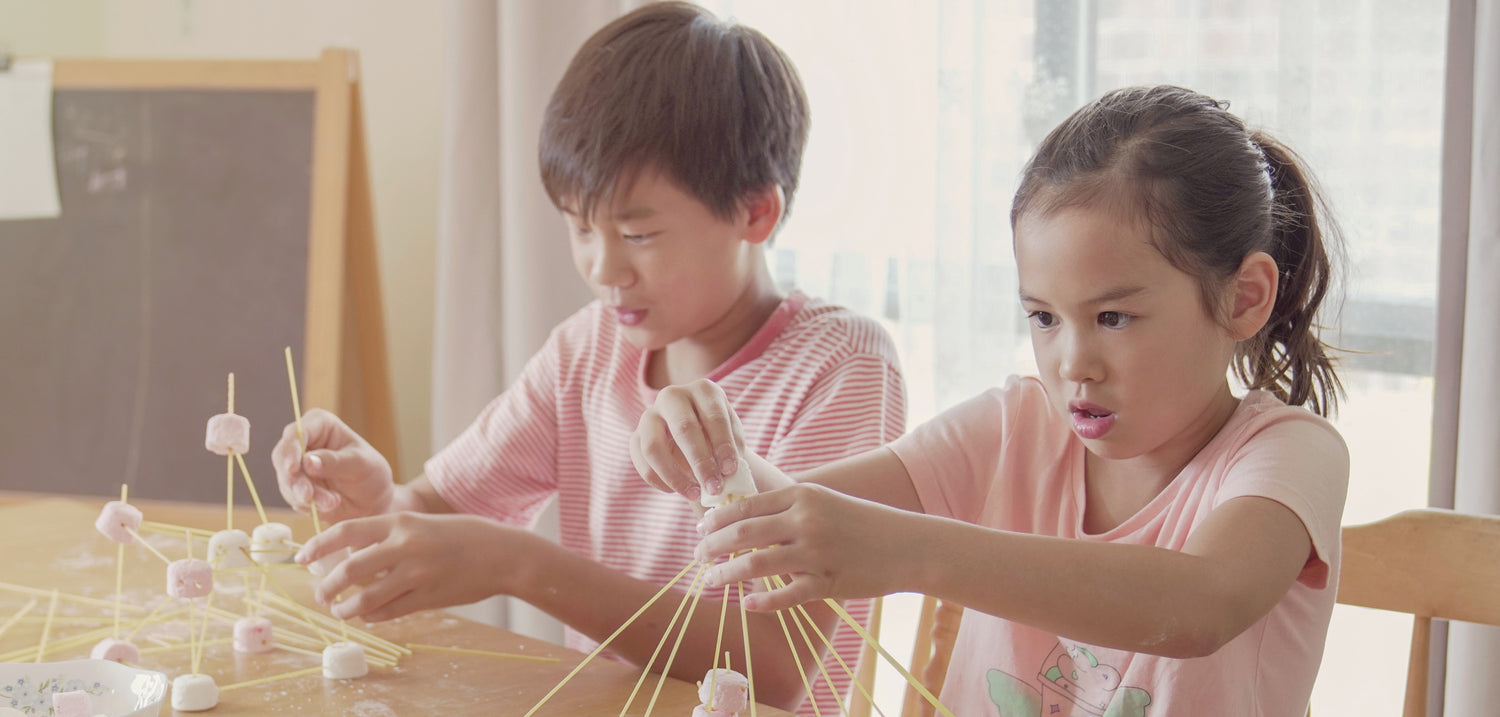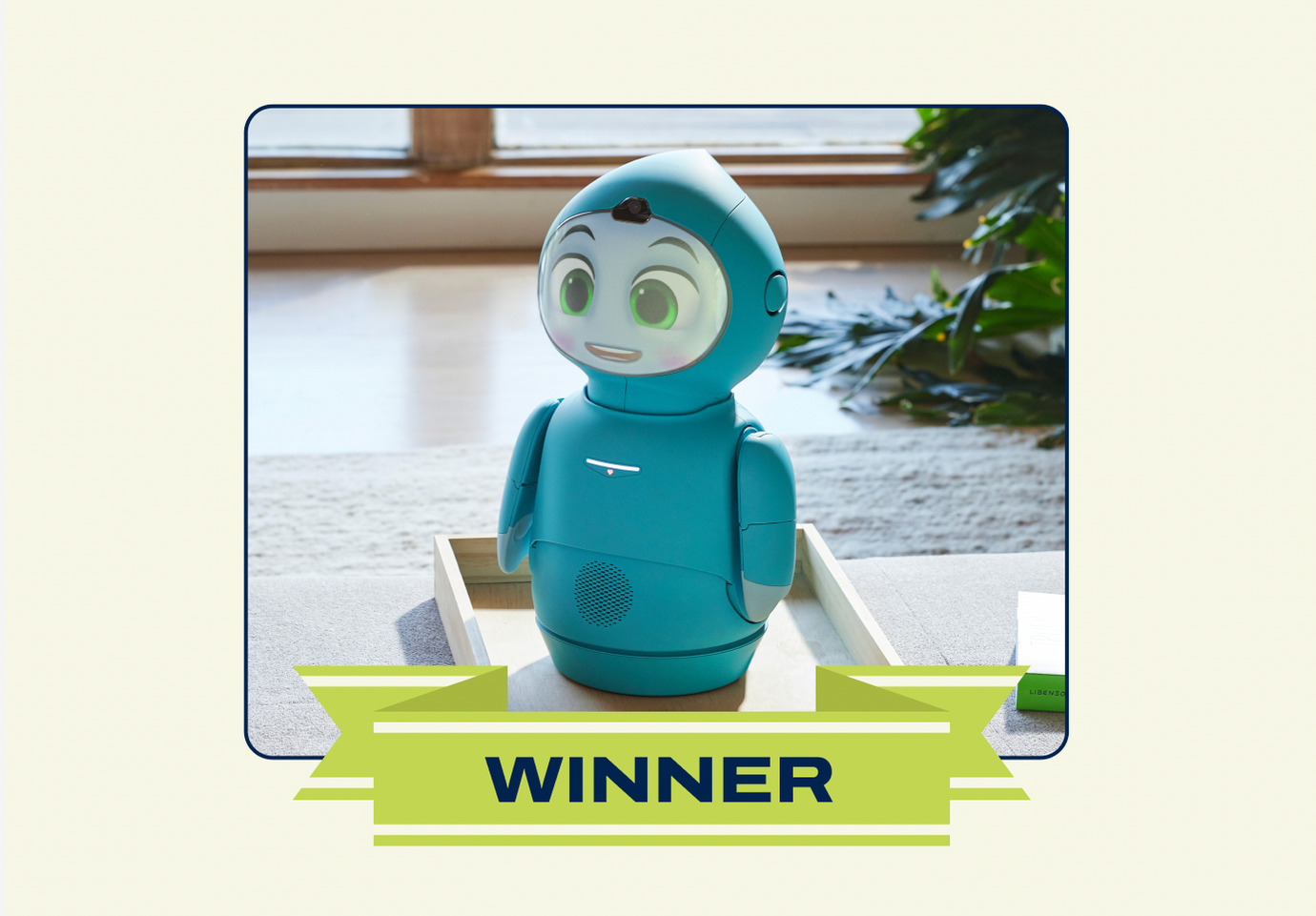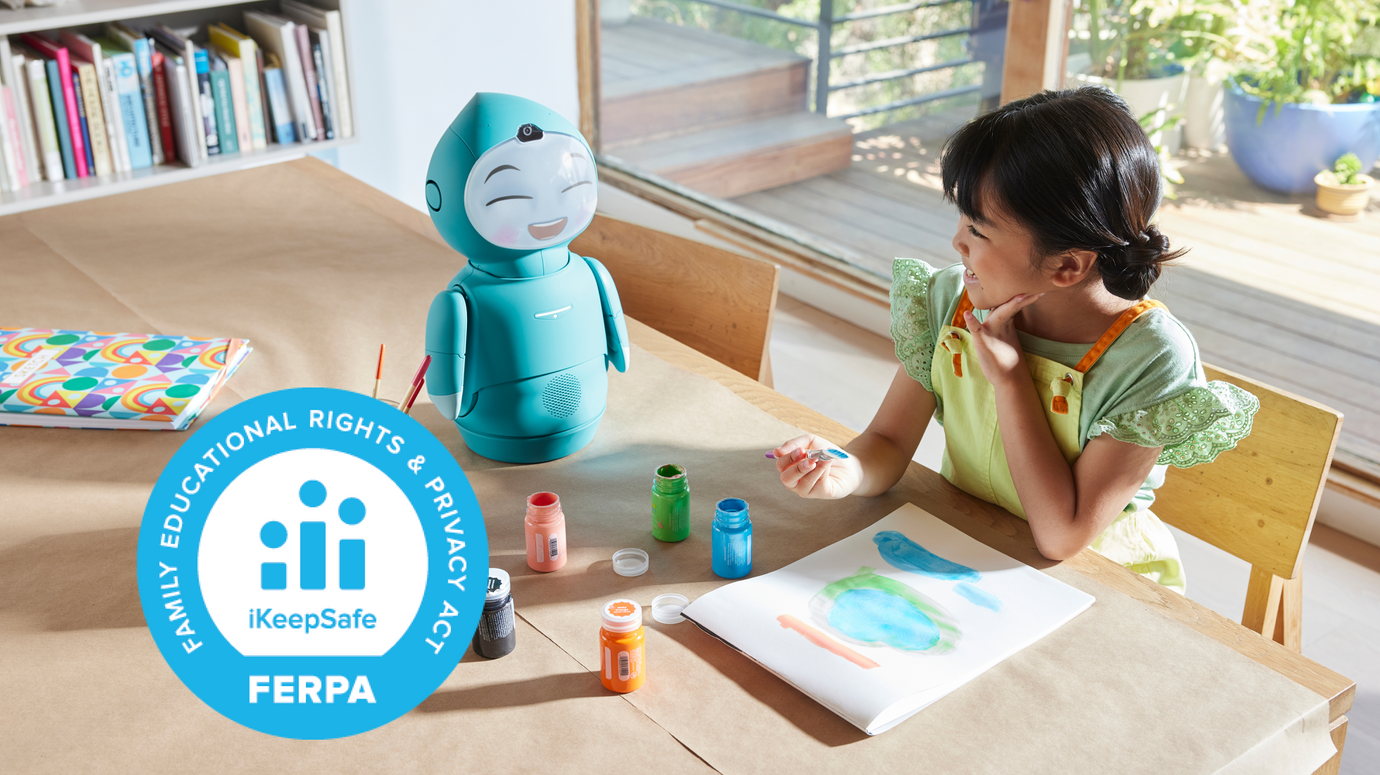How to Motivate Your Kids

Developing self-determination when raising children
Infants are naturally motivated to learn about the world around them. They explore, they experiment, they interact with people and objects – like when they sit in their highchair and continuously drop their spoon on the floor, just to see what happens. As they grow, the motivation to behave in certain ways gets more complicated. The feedback kids get from those around them can help encourage their natural, internal drive – or it can slowly move their motivation to external sources. But what does that mean for what choices kids will make in their lives? A theory of motivation called Self-Determination Theory may provide us with some answers.

External Motivation for Child Development
There are at least several kinds of external sources of motivation. Rewards are probably the most common. The traditional classroom relies heavily on rewards, from when a teacher uses stickers to recognize “good” behavior or when grades provide feedback on academic performance. Most kinds of animal behavioral training also relies on rewards: think of the dog that gets a small treat every time he sits on command.
Punishments are another source of external motivation, though they work in the opposite way. That is, when your kid chooses not to break into the cookie jar because she knows she’ll get a time out, the anticipation of a punishment is motivating her to not do something.

Finally, internal pressure – or the knowledge that other people are telling you that you should do something – has significant effects on behavior too. Kids may brush their teeth not because they really understand the benefits, but because they can hear their parents’ voice saying they have to in order to avoid cavities.
Cultivating Internal Motivation for Self Determined Children
Sure, there’s a place for all of these external sources of motivation – and our society is certainly full of them. However, much psychological research has demonstrated that when people are motivated to behave in certain ways by external rewards, they are less likely to initiate that behavior on their own and the behavior is less likely to persist over time. On the other hand, when people do things because they are internally motivated – say by genuine interest or enjoyment – they are more likely to persist in those behaviors, to gain satisfaction from the behavior, and to be happier overall.
For example, in one kind of study, when one group of kids is promised a toy as a reward for playing with an interesting puzzle, those kids spend less time playing with that puzzle than do kids who weren’t promised a toy. That is, the kids who weren’t promised a reward came up with their own internal reasons for doing the puzzle – maybe it was a really fun puzzle! – and because of that, they spent more time doing it.
Encouraging Internal Motivation through Self-Determination Theory
So how can caregivers help the kids in their lives be driven by internal motivation? It may help to understand a well-known theory in psychology called Self-Determination Theory. This theory was developed primarily by psychologists Richard M. Ryan and Edward L. Deci. It’s a direct challenge to a very pervasive belief in psychology called behaviorism, which theorizes that behavior is motivated entirely by external rewards and punishment. Instead, self-determination is the belief that you are in control of your own life and internal factors can be extremely powerful for influencing behavior. Self-determination theory also affects motivation because people who feel self-determined tend to believe that their own choices have real effects on their life.
According to the theory, we all have three psychological needs. The first is autonomy, or the feeling that you have choice and control over your behavior. The second is competence, or a feeling of mastery or of being effective in an activity. And the third is relatedness, or a feeling of connectedness or belonging with others. The more that these three needs are met, the more we can feel free to be in charge of our own lives, and be internally motivated to act in certain ways.
How to Support My Kids and Cultivate Internal Motivation
One way to help your kids develop internal motivation is to help them feel that, in general, they are self-determined, autonomous to an extent, and have at least some level of control over their lives. This can be particularly true for kids with disabilities, who can often feel very unempowered. To do that, caregivers can help all kids meet the three psychological needs described above.
Autonomy and children’s choice
To support kids in feeling autonomy, you can show real interest in understanding your kids’ wishes, preferences, perspectives, and points of view. You can provide choices – even small ones, such as choosing what color socks to wear or what electives to take in school. And, when appropriate, you can step away from controlling or pressuring your kids. When possible, let kids make their own decisions.

Reminders of competency in the face of challenges
To support feelings of competency, you can help kids engage in tasks that are at the “just right” level for them: challenging enough to push them to work a bit, but not so challenging that they’re doomed for failure. You can encourage kids to be curious and explore, and to try new things. As they’re working through challenges, help them by providing some structure or suggestions for how to approach challenging tasks if they need it, but give them space to work things out on their own. And, give helpful feedback that can point out what they did that was really effective. Rather than focusing on the outcome of their efforts, praise their process, their problem-solving skills, and their growth.
Creating and cultivating meaningful connections
And to support feelings of relatedness, you can create and maintain a close connection with your kids. Show your kids that you love and care for them by supporting them emotionally, and showing genuine interest in what interests them.
Be thoughtful and purposeful when using external rewards
Finally, use external incentives sparingly and purposefully. Rewards are not always bad. There are certainly circumstances when they can be useful, such as when there’s just no possibility of finding internal motivation for a task that just needs to be done (think multiplication drills to memorize the multiplication tables, for example). It’s when external motivators are used extensively, are used to reward behavior that could otherwise provide internal satisfaction, are used for simple tasks, or are offered regularly so that kids come to expect them, that they become problematic.
If the goal of helping your kids feel generally self-determined, in control of their own lives, and driven by internal motivators, then you’ll get closer to that goal by helping them build internal motivation. When you’re tempted to influence their behavior by offering a reward or threatening a punishment, just take a moment to think: is this ultimately going to encourage (or discourage) this behavior in the long run?






